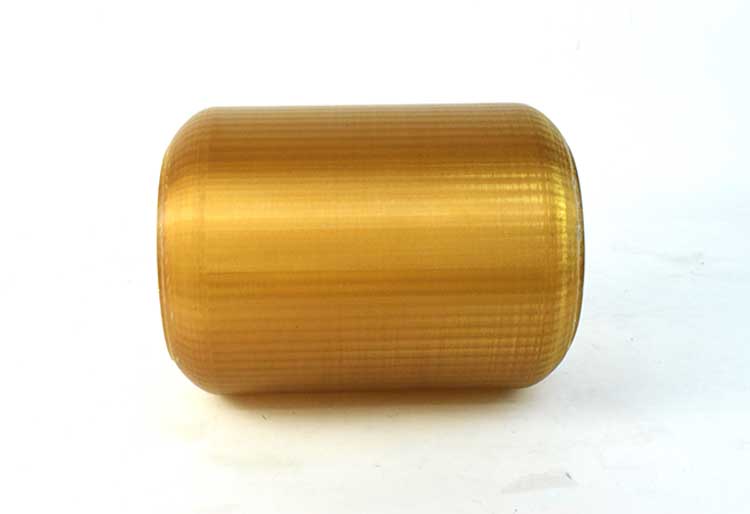
- Prints at very high temperature
- PEEK has thermal stability unequaled in the world of 3D printing filaments
- Good layer adhesion
- Very expensive
The ability of 3D printed objects to inspire creativity and bring ideas to life is well known, but their durability is less so. Your 3D print may melt under extremely hot conditions, degrade quickly when exposed to UV light, or fail spectacularly under continuous or abrupt impact, depending on the filament.
The thermoplastic known by the trade name PEEK, or polyether ether ketone, is a semi-crystalline material renowned for its superior mechanical strength and chemical resistance. Step-growth polymerization, carried out at extremely high temperatures, produces it. It is very resistant to chemical and biological degradation in organic and aqueous conditions, and it may operate effectively up to 250 °C. PEEK is rigid and robust, with a Young’s modulus of 3.6 GPa and a tensile strength of 90 to 100 MPa.
PEEK applications can be produced using either its solid form or 3D printing using its filament form. PEEK has been used to make engineering components such piston parts, pumps, bearings, compressor valves, and electrical wire insulation due to its superior physical and chemical qualities. It has also been applied to medical implants, such as those used to restore missing skeletal parts. PEEK is commonly produced utilizing extrusion or injection molding techniques for these high-performance applications.
